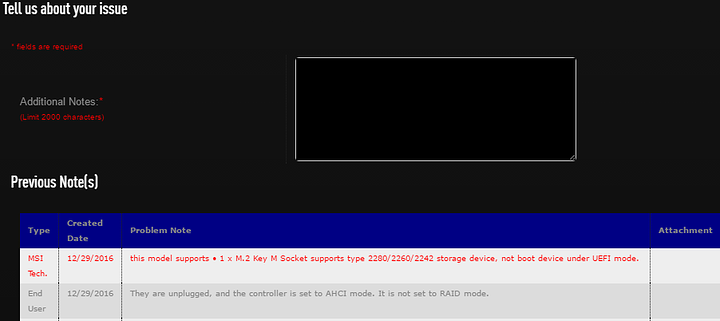So I checked my trouble ticket today being the first day back at work after the holidays.
So it doesn't support booting from the M.2 using UEFI. Wow. What a waste of time.
I now have the system booting from the M.2 using BIOS/GPT, so I guess it works out in the end, but my goodness.
